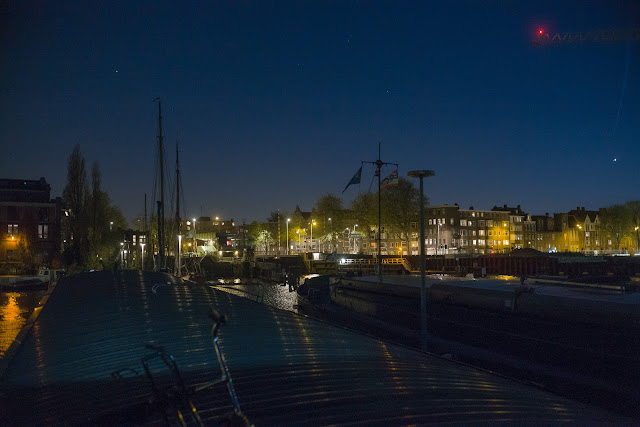O Dear
Fast forward to the beginning of this year. Leica announced the M10 and for the first time I had the feeling this was indeed a digital Leica I would like to own. Yeah, who would not.
Unavailable and very very expensive.
Then I happened to be in Amsterdam, and behold, Nivo-Schweizer had a black M10 on display, one of the first. I looked at my wife, "If we go in we know we will buy this, are we going to do that"? Ofcourse we did. We went in, they even had a boxed one in the back so we bought it and unpacked the thing right there, let them throw away the boxes, inserted an SD card and walked out to take some pictures. This will probably never happen again, we cannot really afford this, but at this exact moment in time we could, so now I am the very proud and happy owner of one of the first Leica M10's, impossible to obtain anywhere in the world unless you are on a very long waiting list.
My first digital Leica.
The picture was taken the same evening, handheld, ISO 3200, 1/15s of a second.
I shot a continuous burst of some 10 frames, that way I usually get a reasonable sharp one somewhere in the series. I just throw the rest away, they are all identical, you just need a sharp one. Works every time. I hate 'frames per seconds' and the philosophy behind it, in my view the photographer should take the picture, 'decide the right moment', not the camera, but for this type of work continuous shooting adds an advantage.
I always use manual Light metering (as opposed to Automatic) for any type of picture, but especially here. In a scenario such as this, your Light meter will want to include the dark parts in the exposure measurement, which will result in over-exposed mid-tones and high-lights, so I select a setting that will under-expose in relation to the (reflected) Light meter reading. Just recover your shadows a little in your software, no problem with today's sensors.
By the way, that is actually the only use I make of the review option on my camera: I just check the exposure if the metering is a little complicated. Coming from Film, I never learned to chimp.
Why not use a tripod or monopod?
I was standing on a ship, which ever so slightly moved, so had no solid platform for a tripod, it had to be handheld.
By the way, we are still very busy with non-digital stuff, so I won't be able to post a lot, we are always on the move, bad internet connections, no time. But keep visiting, I will post whenever I can.

Comments
Post a Comment